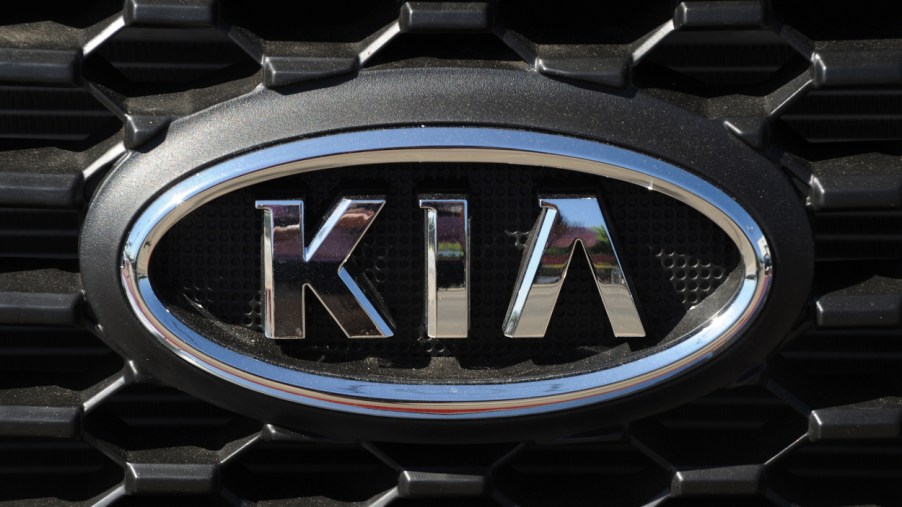
Kia Continues to Rack up Plenty Awards for Providing Great Value
Last year was an awesome year for Kia Motors Corporation. The South Korean multinational automotive manufacturer seemed to be in the headlines constantly from the beginning of 2019 all the way to the end. And it wasn’t merely one or two Kia models (or even just three or four, for that matter) winning multiple awards and accolades; everything from the Kia Niro EV (electric vehicle) to its high-performance Stinger and everything in-between.
Without scouring every nook and cranny of the Internet, it’s nearly impossible to know exactly how many awards Kia Motors Corporation raked in last year. However, one thing is for sure: the list is a long one. Some examples include Best Small Car by MotorWeek (Kia Forte) and Car of the Year by Popular Mechanics (Kia Niro EV) — among a very long list of others.
From rags to riches
In 1944, the automotive manufacturer we know of today was founded in South Korea as Kyungsung Precision Industry. Instead of automobiles, it manufactured steel tubes and bicycle parts.
In 1951, Kyungsung Precision Industry ultimately started production of the Samchully, becoming the first domestic bicycle manufacturer in South Korea. One year later, the company’s name was changed to Kia.
Between 1962 and 1997 respectively, Kia had tried to penetrate the automobile manufacturing industry several times, initially building Mazda-licensed vehicles before partnering with Ford in 1986. However, the 1997 Asian financial crisis forced Kia — South Korea’s third-largest car manufacturer at the time — to declared bankruptcy.
Despite owning an interest in Kia Motor Company since 1986, Ford lost its bid for Kia to the Hyundai Motor Company. In the agreement, Hyundai acquired 51 percent of the company; it still is the largest stakeholder today with approximately one-third ownership.
In 2013, Kia Motor America reported 18 back-to-back years of upward growth in US market shares. In addition to that, J.D. Power, an American-based data analytics and consumer intelligence company, recognized the brand as having the highest-ranked mass-market brand in initial quality for five consecutive years.
Kia still has a rough road ahead
One of the great things about Kia is how the automaker has improved its quality and reliability while staying affordable. Looking at the brand now, it’s hard to imagine that Kia spent most of the early 2000s at the bottom of J.D. Power’s Initial Quality Study (IQS).
In 2005, the company was ranked 30th on that list. Much like other South Korean automobile models including Hyundai and Daewoo, Kia was well known for its low Manufacturer Suggested Retail Price (MSRP) but nothing beyond that.
Today, vehicle reviewers have been doing all they can to find something wrong with 2020 Kia vehicles. For example, Car and Driver couldn’t find anything wrong with the Telluride. And while many may remember the 2011 Kia Optima as the worst model year to buy — with some reports of catastrophic engine failure all the way until 2015 or so — 2020 has been a great year for the Optima.
But bad reputations in the car industry have a way of lingering for quite some time, no matter how well a vehicle manufacturer gets their stuff together. In an article published by Popular Mechanics, Ezra Dyer wrote:
“Scott Upham, CEO of Valient Market Research, has followed the Korean auto companies for decades and written studies to help their managers understand how to establish manufacturing in the U.S. ‘After Hyundai’s initial failures with its first wave of cars, they spent over a billion dollars researching how to improve quality,’ he says. ‘This was new, for a Korean brand to make this high-level investment into quality. But it takes time to build up goodwill. They’ve had a tough row to hoe.'”


